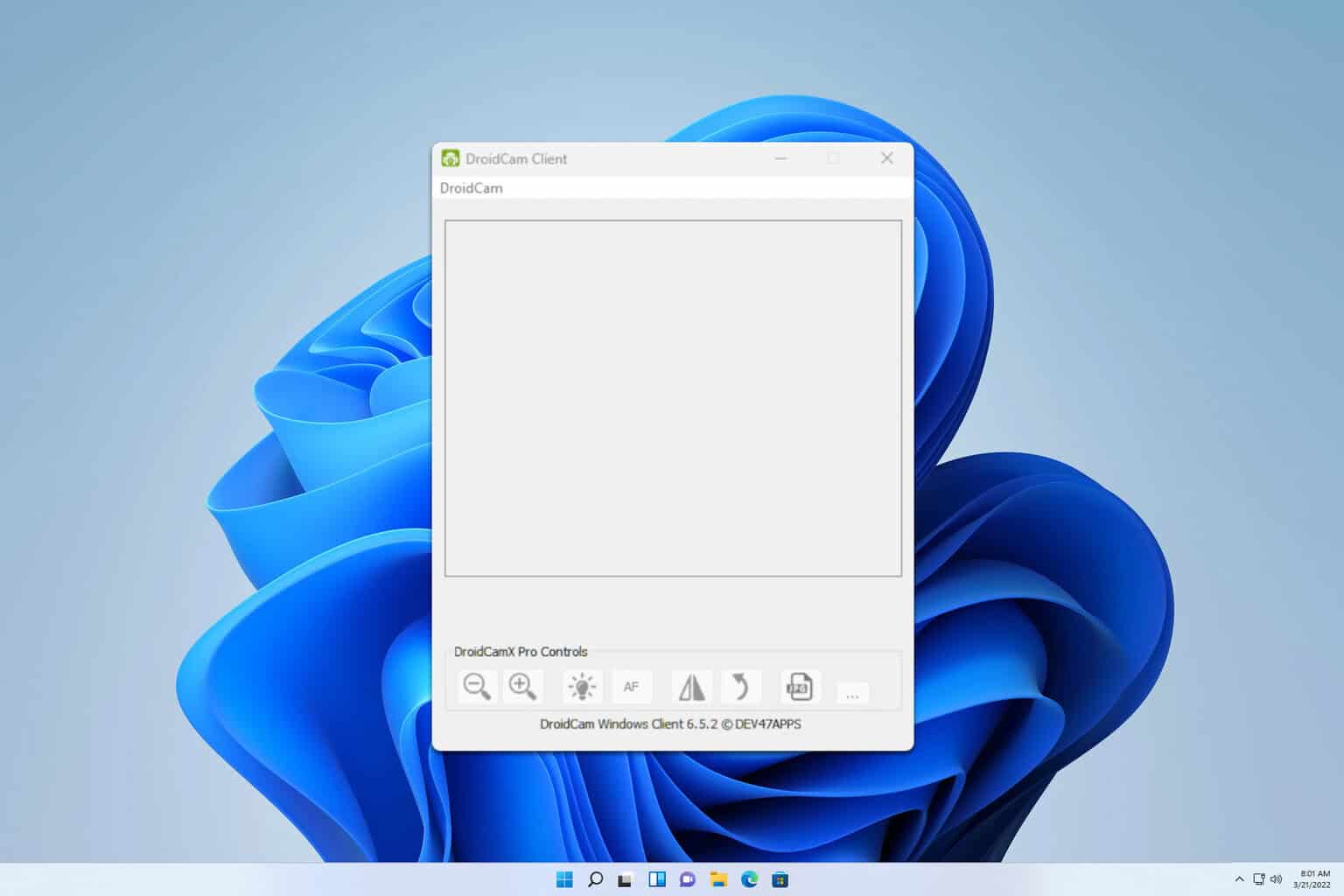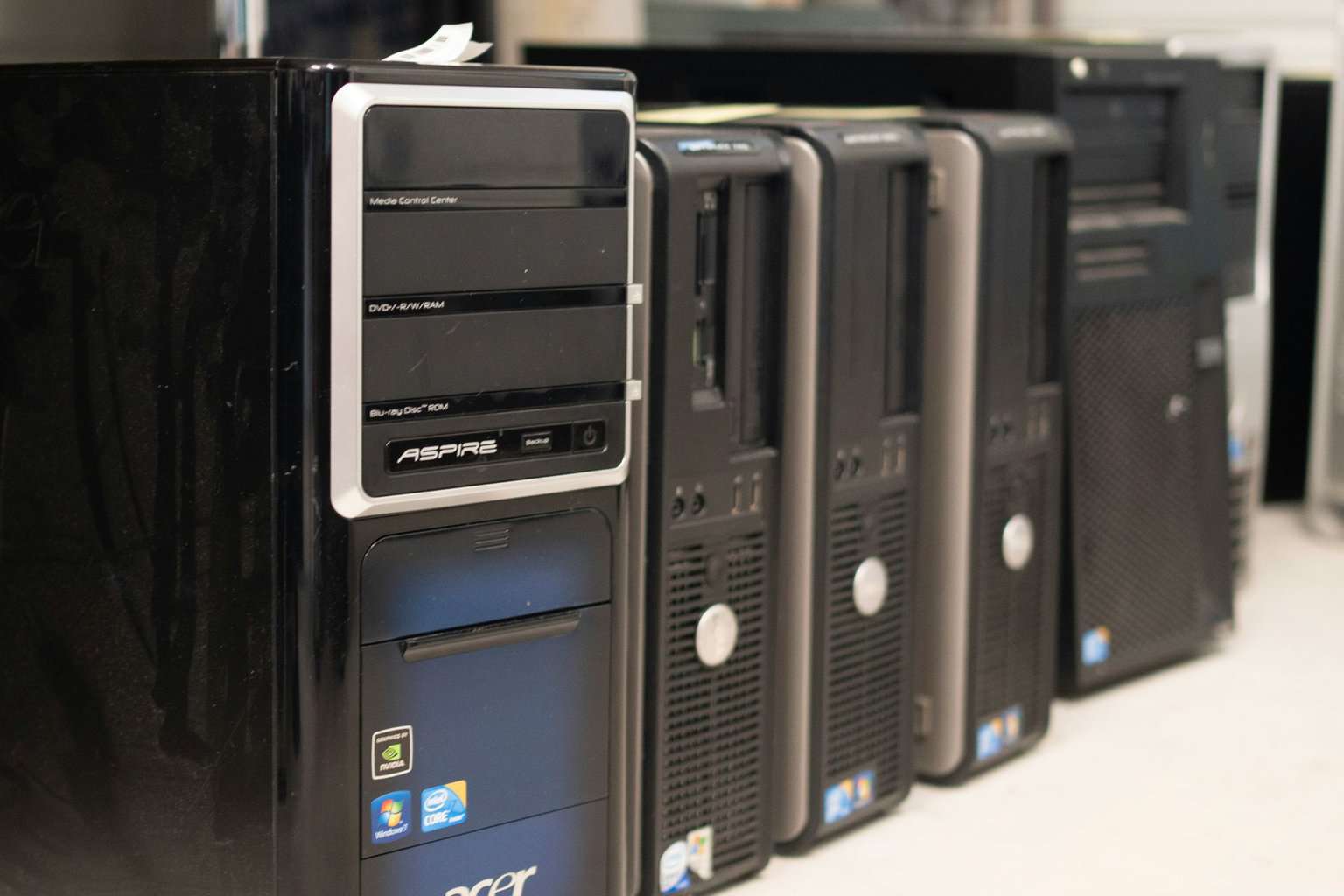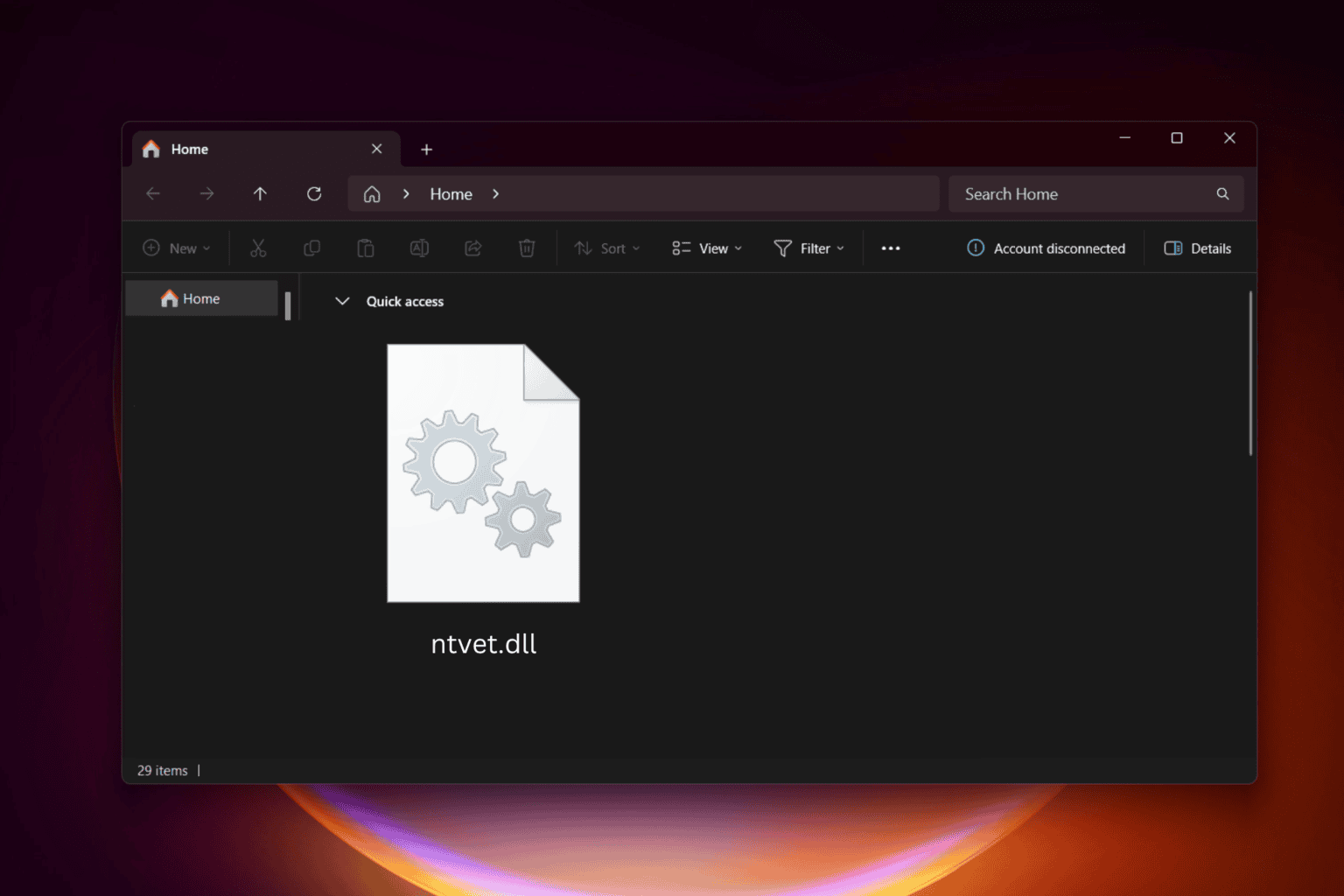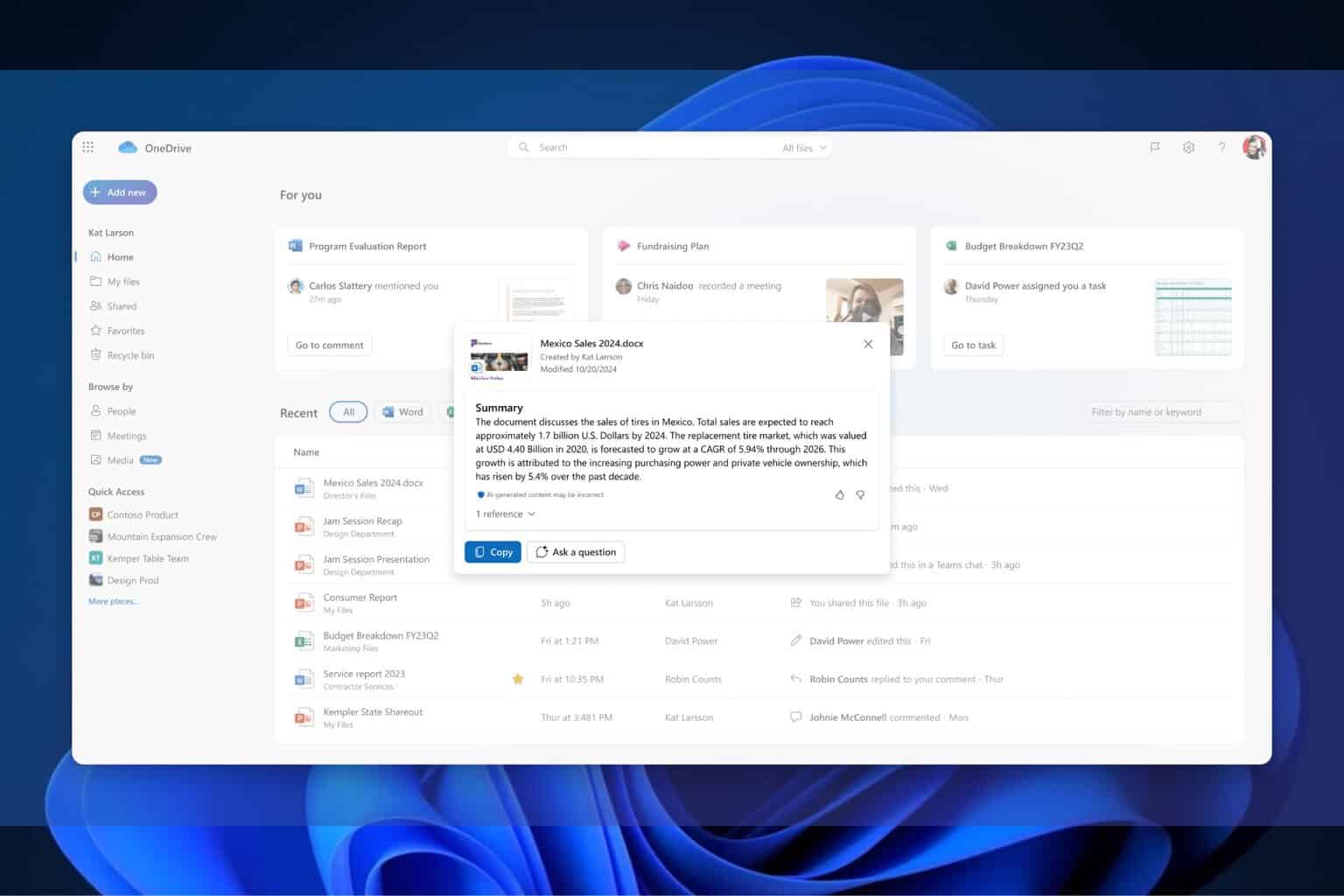Microsoft adds emphasis on design excellence, is trying to make devices attractive and desirable
3 min. read
Published on
Read our disclosure page to find out how can you help Windows Report sustain the editorial team. Read more
When you think of a Microsoft product, do you think of “cool” or “attractive?” Do these Microsoft products seem desirable? For some of you, your answer might be no. Well, Microsoft hopes to change all that — by adding emphasis on design excellence, in an attempt to make devices seem attractive, cool, and desirable.
According to a new report from AP, Microsoft is looking to make its products more competitive than ever, especially against rivals Apple, Google, and Amazon. Microsoft is typing to stimulate hardware partners to dream up new and innovative devices to offer more competitive offerings.
Apple is known for offering devices that are sleek, comfortable, and easy to use. Microsoft wants to jump on board that bandwagon and produce products that have the same qualities.
In fact, Microsoft has placed a priority in designing devices that work around people’s lives, help reduce information overload, and become intimate and knowledgeable with users — all this over the past few years. But this is not enough. Microsoft wants to make devices that are attractive, cool, and desirable.
Microsoft has already doubled the number of designers it has to roughly 1,400 — each with a wide variety of experience in filmmaking, food, and footwear. The company’s 64,000 engineers make up over half the workforce, but designers are the ones who are shaping the company’s products, user interfaces, and concept devices. Designers play a key part in a product’s development. They are a central figure in the early stages of product development, all the way to the marketing aspect.
“Microsoft is empowering its designers”
“It used to be that engineers ruled the roost and engineers would bring in designers to make icons. It’s changed now,” says Joe Belfiore, Microsoft’s corporate vice president overseeing personal computers, tablets and phones. Microsoft is “empowering” its designers to challenge the conventional notions of what Windows devices can do.
Microsoft is also promoting designers to more prominent leadership roles within the organization. For example, Albert Shum, who was a former designer for Nike, was part of the team that “revolutionized the Windows Phone software design to feature the boxy live tiles that are central to the Windows 8 touch-based interface.” Shum is now in charge of “interaction design” for Windows, Windows Phone, and Xbox.
The company is focusing on its modern design philosophy, which stresses content over chrome — all while adding clean typography and nice motions. This design philosophy is central to all products and services. In fact, Microsoft’s products and services for non-Windows platforms like Apple’s iOS and Google’s Android should retain the same look and feel of the Microsoft brand.
Microsoft has a lot of work to do. We already know that Microsoft wants to make greater use of the tiles in an upcoming version of Windows (codename Threshold) by adding live tiles to the returning Start menu. Microsoft is also looking to expand Cortana with new features and even expand Cortana to more than just Windows Phone.
We’ve begun to see a unification in various stages in various products. We’ve begun to see unified Windows Store and Windows Phone Store apps, and soon Windows Phone and Windows RT will merge. We recently wrote about Windows OneCore, a modern UI framework that works across all devices — PC, smartphone, and Xbox.
Microsoft’s main goal of offering products that are attractive and desirable is slowly coming to fruition.









User forum
0 messages